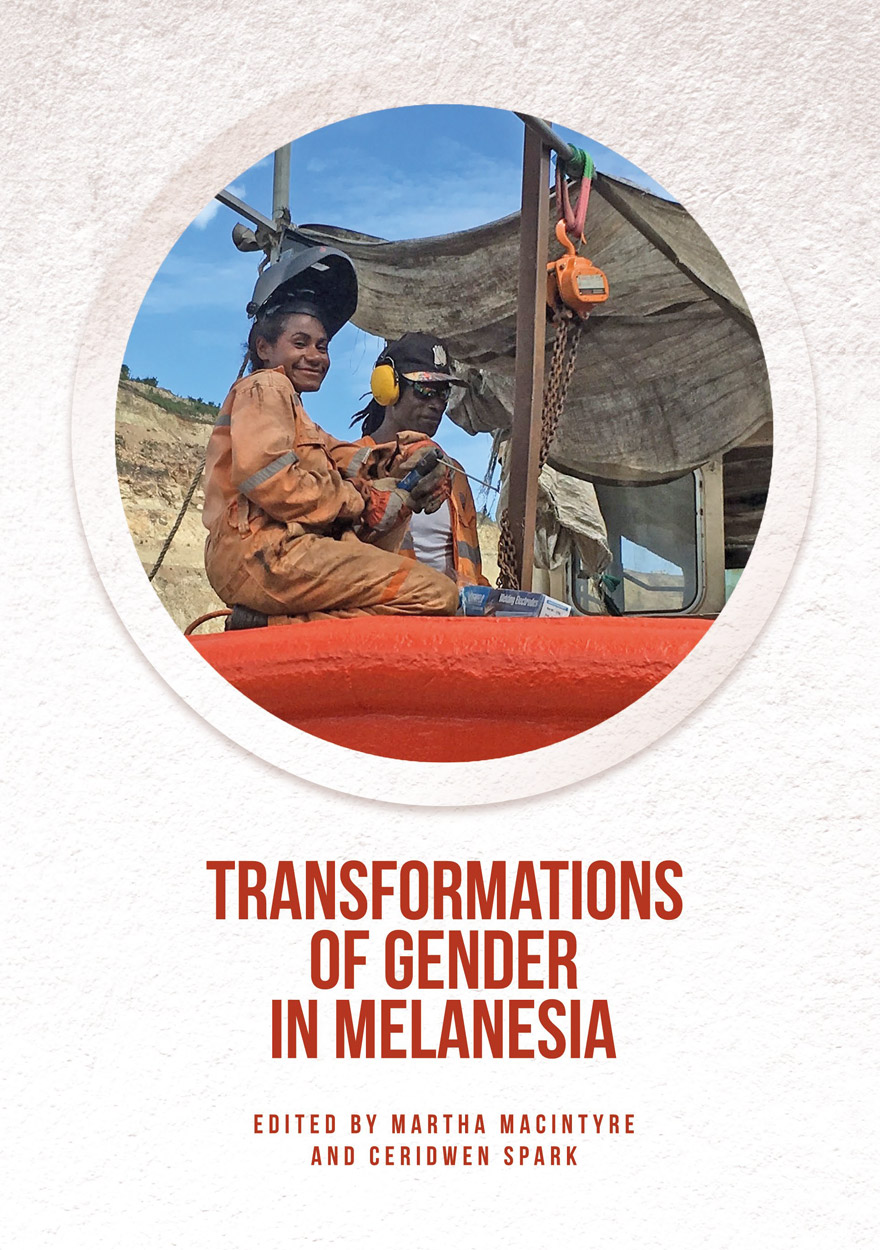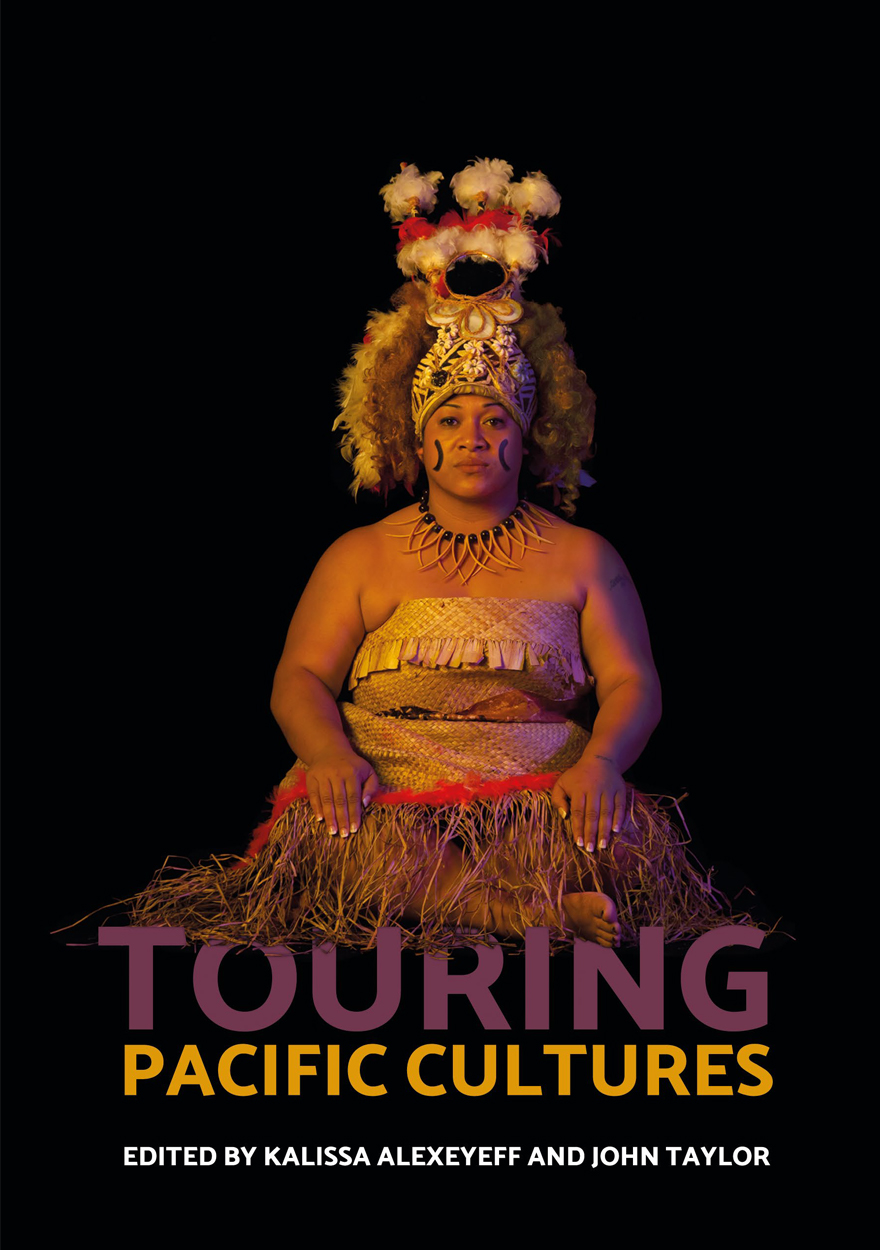Books
Browse or search ANU Press' range of books or find out more about the publications' authors and co-publishers. Download the book for free or buy a print-on-demand copy.
Displaying results 301 to 310 of 780.

Joro's Youth »
The first part of the Mongolian epic of Geser Khan
Authored by: Igor de Rachewiltz, Li Narangoa
Publication date: February 2017
The epic of King Gesar of Ling is the national oral epic of Tibet, sung by itinerant bards in their land for many centuries but not recorded in print until recent times. Spreading widely beyond Tibet, there are extant versions in other languages of Central Asia. The first printed version is from Mongolia, produced on the orders of the Kangxi emperor of the Manchu Qing dynasty in the early 18th century. In the process of transmission, the original saga lost much of its Tibetan flavour, and this Qing edition can be regarded as a genuine Mongolian work. Its hero, Geser Khan in Mongolian, became a folk-hero, later deified both in China and Mongolia. Geser’s mission is to save the world from endemic evil and strife, bringing peace to all. Although he himself is the son of a god, Geser as a human is unpredictable, romantic and funny, and many of his adventures belong to the picaresque. This translation of the first, and one of the longest, chapters of the epic covers his miraculous birth, his turbulent youth, and his marriage to the beautiful Rogmo Goa. It celebrates and commemorates the 300th anniversary of the printing of the epic in Peking in early 1716.

Transformations of Gender in Melanesia »
Edited by: Martha Macintyre, Ceridwen Spark
Publication date: February 2017
Despite the plethora of research on gender and the many projects designed to improve their status in the Pacific region, women continue to be disadvantaged and marginalised in social, economic and political spheres. How are we to understand this and what does it mean for researchers, policy-makers and development practitioners?
This book examines these questions, partly by looking back but also by continuing the effort to explain and understand gender inequities in the Pacific through reference to the concept of societies in transition. The contributors discuss emerging masculinities and femininities in the Pacific in order to chart the development of these in their contexts. Exploring how contemporary Pacific identities are shaped by local contexts and traditions, they focus on how these are remade through interaction with global ideas, images and practices, including new forms of Christianity and economic transformations. Grounded in recent, original research in both the villages and towns of Melanesia, the collection engages with the study of gender in Melanesia as well as scholarship on global modernities.
‘This collection is a welcome addition to the study of gender in Melanesia … Collectively, the essays present complex, locally contextualised and regionally situated case studies of gender transformation occurring alongside, in many instances, the re-codification of hegemonic gendered norms and practices. Gender is not understood as simply code for women in this volume rather, the majority of chapters incorporate men and masculinities in their analysis of gender relations and dynamics. A highlight of the collection is the attention paid to how “the politics of tradition” (and of modernity) are expressed through morally loaded concepts of the “good” or “bad” woman or man and vice versa.’
— Kalissa Alexeyeff, University of Melbourne

Australian Clinical Legal Education »
Designing and operating a best practice clinical program in an Australian law school
Authored by: Adrian Evans, Anna Cody, Anna Copeland, Jeff Giddings, Peter Joy, Mary Anne Noone, Simon Rice
Publication date: February 2017
Clinical legal education (CLE) is potentially the major disruptor of traditional law schools’ core functions. Good CLE challenges many central clichés of conventional learning in law—everything from case book method to the 50-minute lecture. And it can challenge a contemporary overemphasis on screen-based learning, particularly when those screens only provide information and require no interaction.
Australian Clinical Legal Education comes out of a thorough research program and offers the essential guidebook for anyone seeking to design and redesign accountable legal education; that is, education that does not just transform the learner, but also inculcates in future lawyers a compassion for and service of those whom the law ought to serve.
Established law teachers will come to grips with the power of clinical method. Law students struggling with overly dry conceptual content will experience the connections between skills, the law and real life. Regulators will look again at law curricula and ask law deans ‘when’?

Disturbances in Heaven »
Made in China Yearbook 2016
Publication date: February 2017
Labour and civil society are two fundamental components of international discussions concerning China today. Whether it is the arrest of labour activists or rights lawyers, the adoption of new industrial policies, or the passing of draconian rules on non-governmental organisations, the events occurring in these areas in China often make global headlines. At the same time, in spite of the grave challenges for workers and activists, the Chinese labour movement is witnessing significant developments, with the occurrence of some of the largest strikes in decades. All of this calls for more serious analysis from both scholars and practitioners, as well for critical engagement with a broader global audience interested in forging international solidarity. It is with these aims in mind that we have compiled this Made in China Yearbook 2016: Disturbances in Heaven, a collection of original articles by both scholars and activists, analysing the most important trends in Chinese labour and civil society over the past year. With its unique blend of in-depth scholarly work written in a direct, accessible style, this volume will allow readers to situate events and policies related to Chinese labour and civil society in a wider context, and serve as an indispensable reference book for international activists, practitioners, and policy-makers.

Regulatory Theory »
Foundations and applications
Edited by: Peter Drahos
Publication date: February 2017
This volume introduces readers to regulatory theory. Aimed at practitioners, postgraduate students and those interested in regulation as a cross-cutting theme in the social sciences, Regulatory Theory includes chapters on the social-psychological foundations of regulation as well as theories of regulation such as responsive regulation, smart regulation and nodal governance. It explores the key themes of compliance, legal pluralism, meta-regulation, the rule of law, risk, accountability, globalisation and regulatory capitalism. The environment, crime, health, human rights, investment, migration and tax are among the fields of regulation considered in this ground-breaking book. Each chapter introduces the reader to key concepts and ideas and contains suggestions for further reading. The contributors, who either are or have been connected to the Regulatory Institutions Network (RegNet) at The Australian National University, include John Braithwaite, Valerie Braithwaite, Peter Grabosky, Neil Gunningham, Fiona Haines, Terry Halliday, David Levi-Faur, Christine Parker, Colin Scott and Clifford Shearing.

What if we could reimagine copyright? »
Edited by: Rebecca Giblin, Kimberlee Weatherall
Publication date: January 2017
What if we could start with a blank slate, and write ourselves a brand new copyright system? What if we could design a law, from scratch, unconstrained by existing treaty obligations, business models and questions of political feasibility? Would we opt for radical overhaul, or would we keep our current fundamentals? Which parts of the system would we jettison? Which would we keep? In short, what might a copyright system designed to further the public interest in the current legal and sociological environment actually look like?
Taking this thought experiment as their starting point, the leading international thinkers represented in this collection reconsider copyright’s fundamental questions: the subject matter that should be protected, the ideal scope and duration of those rights, and how it should be enforced. Tackling the biggest challenges affecting the current law, their essays provocatively explore how the law could better secure to creators the fruits of their labours, ensure better outcomes for the world’s more marginalised populations and solve orphan works. And while the result is a collection of impossible ideas, it also tells us much about what copyright could be – and what prescriptive treaty obligations currently force us to give up. The book shows that, reimagined, copyright could serve creators and the broader public far better than it currently does – and exposes intriguing new directions for achievable reform.

Harnessing the Bohemian »
Artists as innovation partners in rural and remote communities
Authored by: Peter Skippington
Publication date: December 2016
Harnessing the Bohemian takes a fresh and interdisciplinary perspective on the intractable problem of shrinking populations and resources in remote/rural communities. It challenges the conventional wisdom of community development theories and practices and envisages more central roles for the creative disciplines in revitalising futures planning.
It argues that the evolution of technologies, the emergence of creative economies, the increasing demand for creative products, and the emergence of new creative talent are continually changing community expectations and opportunities. Consequentially, fresh arguments and new ideas must be developed to stimulate more creative and innovative approaches to community development. Recognising that creativity and innovation exist across all community sectors, this book proposes practical new approaches that harness the creative capital of all community stakeholders.

The personality cult of Stalin in Soviet posters, 1929–1953 »
Archetypes, inventions and fabrications
Authored by: Anita Pisch
Publication date: December 2016
From 1929 until 1953, Iosif Stalin’s image became a central symbol in Soviet propaganda. Touched up images of an omniscient Stalin appeared everywhere: emblazoned across buildings and lining the streets; carried in parades and woven into carpets; and saturating the media of socialist realist painting, statuary, monumental architecture, friezes, banners, and posters. From the beginning of the Soviet regime, posters were seen as a vitally important medium for communicating with the population of the vast territories of the USSR. Stalin’s image became a symbol of Bolshevik values and the personification of a revolutionary new type of society. The persona created for Stalin in propaganda posters reflects how the state saw itself or, at the very least, how it wished to appear in the eyes of the people.
The ‘Stalin’ who was celebrated in posters bore but scant resemblance to the man Iosif Vissarionovich Dzhugashvili, whose humble origins, criminal past, penchant for violent solutions and unprepossessing appearance made him an unlikely recipient of uncritical charismatic adulation. The Bolsheviks needed a wise, nurturing and authoritative figure to embody their revolutionary vision and to legitimate their hold on power. This leader would come to embody the sacred and archetypal qualities of the wise Teacher, the Father of the nation, the great Warrior and military strategist, and the Saviour of first the Russian land, and then the whole world.
This book is the first dedicated study on the marketing of Stalin in Soviet propaganda posters. Drawing on the archives of libraries and museums throughout Russia, hundreds of previously unpublished posters are examined, with more than 130 reproduced in full colour. The personality cult of Stalin in Soviet posters, 1929–1953 is a unique and valuable contribution to the discourse in Stalinist studies across a number of disciplines.

Touring Pacific Cultures »
Edited by: Kalissa Alexeyeff, John Taylor
Publication date: December 2016
Tourism is vital to the economies of most Pacific nations and as such is an important site for the meaningful production of shared and disputed cultural values and practices. This is especially the case when tourism intersects with other important arenas for cultural production, both directly and indirectly. Touring Pacific Cultures captures the central importance of tourism to the visual, material and performed cultures of the Pacific region. In this volume, we propose to explore new directions in understanding how culture is defined, produced, experienced and sustained through tourism-related practices across that region. We ask, how is cultural value, ownership, performance and commodification negotiated and experienced in actual lived practice as it moves with people across the Pacific?
‘This collection is a welcome addition to tourism studies, or perhaps we should say post- or para-tourism. The essays bring out many facets and experiences too quickly bundled under a single label and focused exclusively on “destinations” visited by “outsiders”. Tourism, we see here, actively involves many different populations, societies, and economies, a range of local/global/regional engagements that can be both destructive and creative. Western outsiders aren’t the only ones on the move. Unequal power, (neo)colonial exploitation and capitalist commodification are very much part of the picture. But so are desire, adventure, pleasure, cultural reinvention and economic development. The effect, overall, is an attitude of alert, critical ambivalence with respect to a proliferating historical phenomenon.
A bumpy and rewarding ride.’
— James Clifford, Professor Emeritus, University of California, Santa Cruz

Gender Violence & Human Rights »
Seeking Justice in Fiji, Papua New Guinea and Vanuatu
Publication date: December 2016
The postcolonial states of Fiji, Papua New Guinea and Vanuatu operate today in a global arena in which human rights are widely accepted. As ratifiers of UN treaties such as the Convention on the Elimination of All Forms of Discrimination against Women and the Convention on the Rights of the Child, these Pacific Island countries have committed to promoting women’s and girls’ rights, including the right to a life free of violence. Yet local, national and regional gender values are not always consistent with the principles of gender equality and women’s rights that undergird these globalising conventions. This volume critically interrogates the relation between gender violence and human rights as these three countries and their communities and citizens engage with, appropriate, modify and at times resist human rights principles and their implications for gender violence. Grounded in extensive anthropological, historical and legal research, the volume should prove a crucial resource for the many scholars, policymakers and activists who are concerned about the urgent and ubiquitous problem of gender violence in the western Pacific.
‘This is an important and timely collection that is central to the major and contentious issues in the contemporary Pacific of gender violence and human rights. It builds upon existing literature … but the contributors to this volume interrogate the connection between these two areas deeply and more critically … This book should and must reach a broad audience.’
— Jacqui Leckie, Associate Professor, Anthropology and Archaeology, University of Otago
‘The volume addresses the tensions between human and cultural, individual and collective rights, as played out in the domain of gender … Gender is a perfect lens for exploring these tensions because cultural rights are often claimed in defence of gender oppression and because women often have imposed upon them the burden of representing cultural traditions in attire, comportment, restraint or putatively cultural conservatism. And Melanesia is a perfect place to consider these gendered issues because of the long history of ethnocentric representations of the region, because of the extent to which these are played out between states and local cultures and because of the efforts of the vibrant women’s movements in the region to develop locally workable responses to the problems of gender violence in these communities.’
— Christine Dureau, Senior Lecturer, Anthropology, University of Auckland



